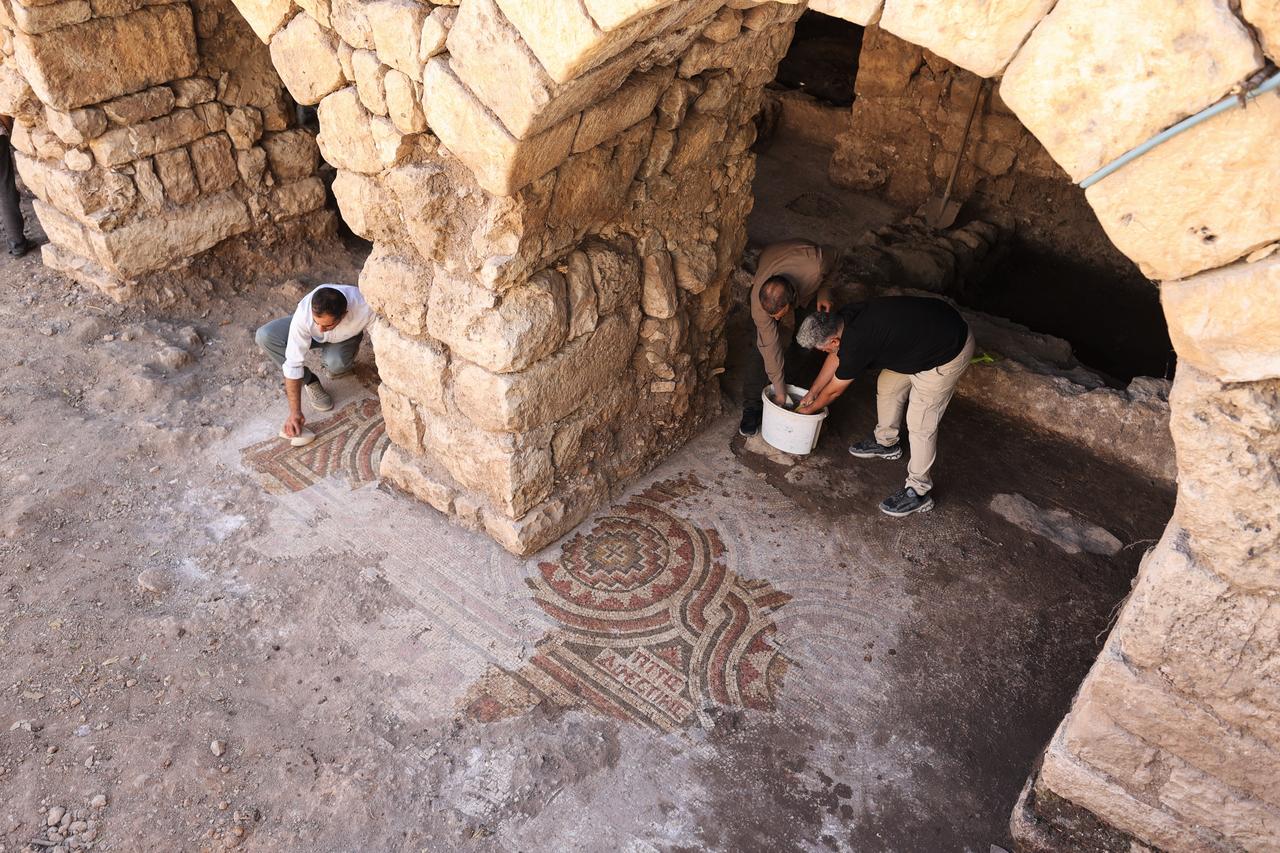
A late antique mosaic floor has come to light under a disused water mill in Midyat district, southeastern Türkiye, during a clean-up that quickly turned into a rescue excavation. The find features geometric panels and an inscription reading “Tittos Domestikos,” which, according to the site team, points to a structure associated with a civil administrator.
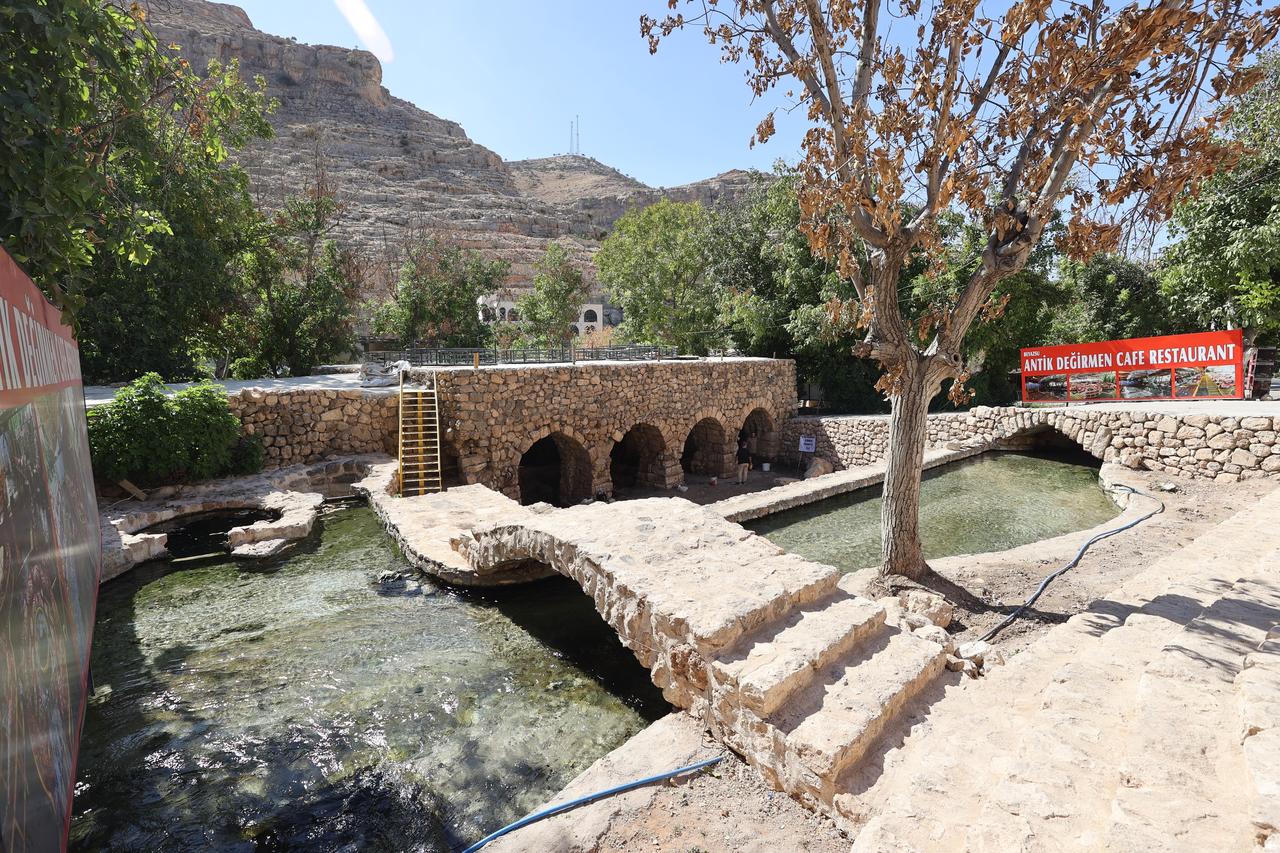
The discovery was made on private land in the Cag Cag Stream Valley between Midyat and Nusaybin, an area dotted with ancient forts, caravanserais and archaeological settlements.
After workers spotted mosaic pieces while clearing the mill, the owners informed Mardin Museum, which initiated legal registration steps and launched a licensed rescue excavation (a focused dig to document and protect remains uncovered during modern works).
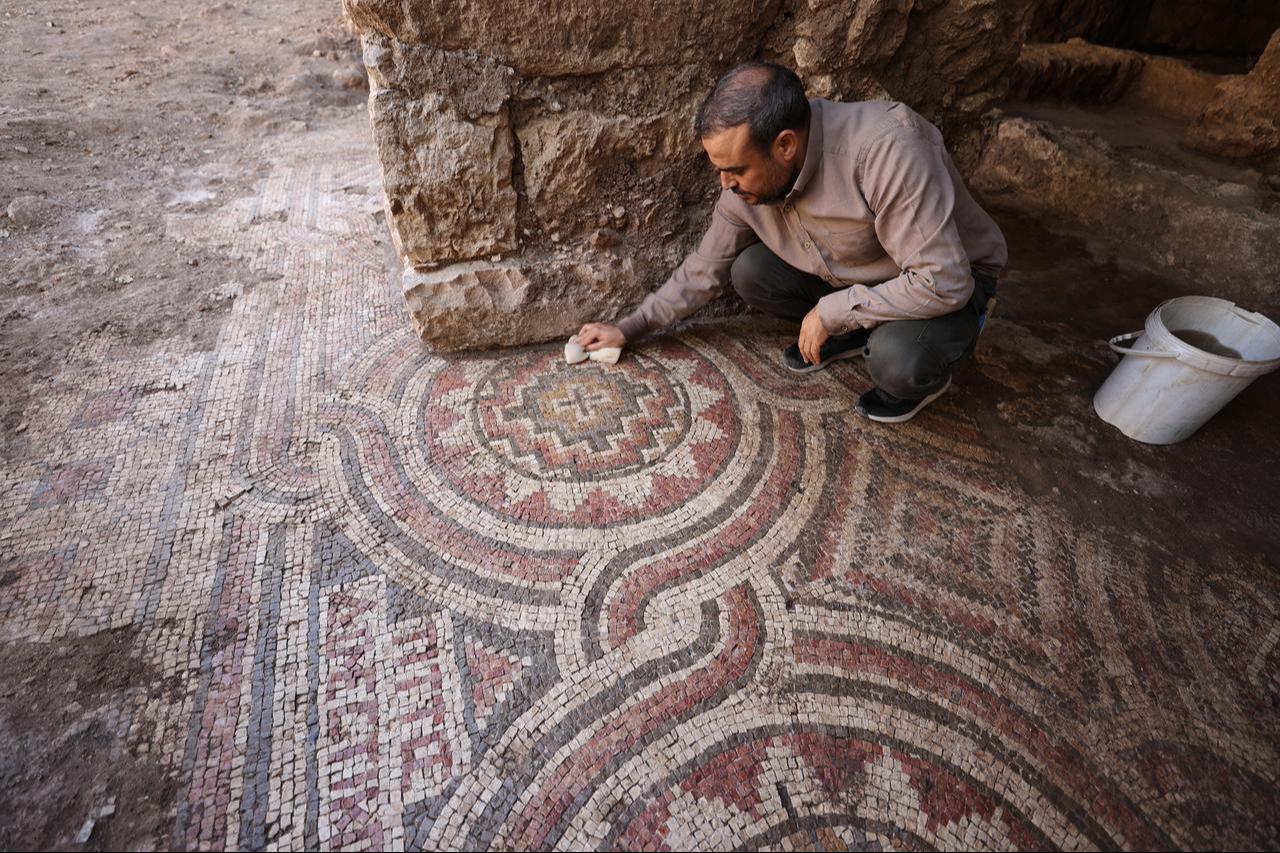
Mardin Museum Director and excavation lead Idris Akgul said the standing mill appears to be a later addition above earlier remains. He noted that the team exposed close to 40 square meters of mosaic across two interior areas, adding that the most exciting element is the inscription: “Tittos Domestikos.”
He explained that “Tittos” looks like a personal name, while “Domestikos” is cited in sources more as a title, often linked to roles in military units and churches. On this basis, he indicated the building likely belonged to a civil official.
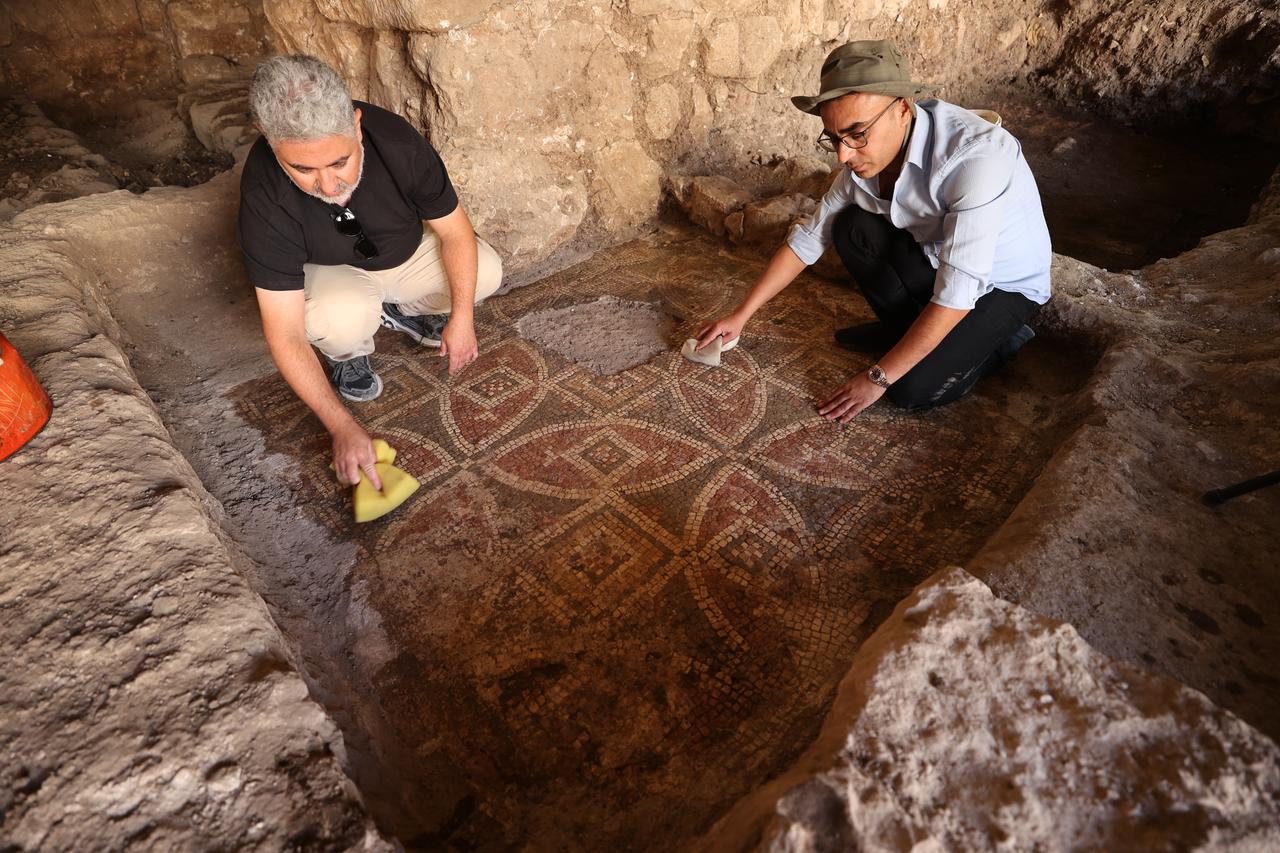
The floors show squares, rectangles, circles and triangles alongside wave, knot, cross and infinity motifs arranged in main panels with knot-shaped medallions. The excavated space appears to continue into neighboring parcels, suggesting a larger complex.
The team believes this is among the first areas excavated in this exact spot of the valley, which could help refine local chronology.
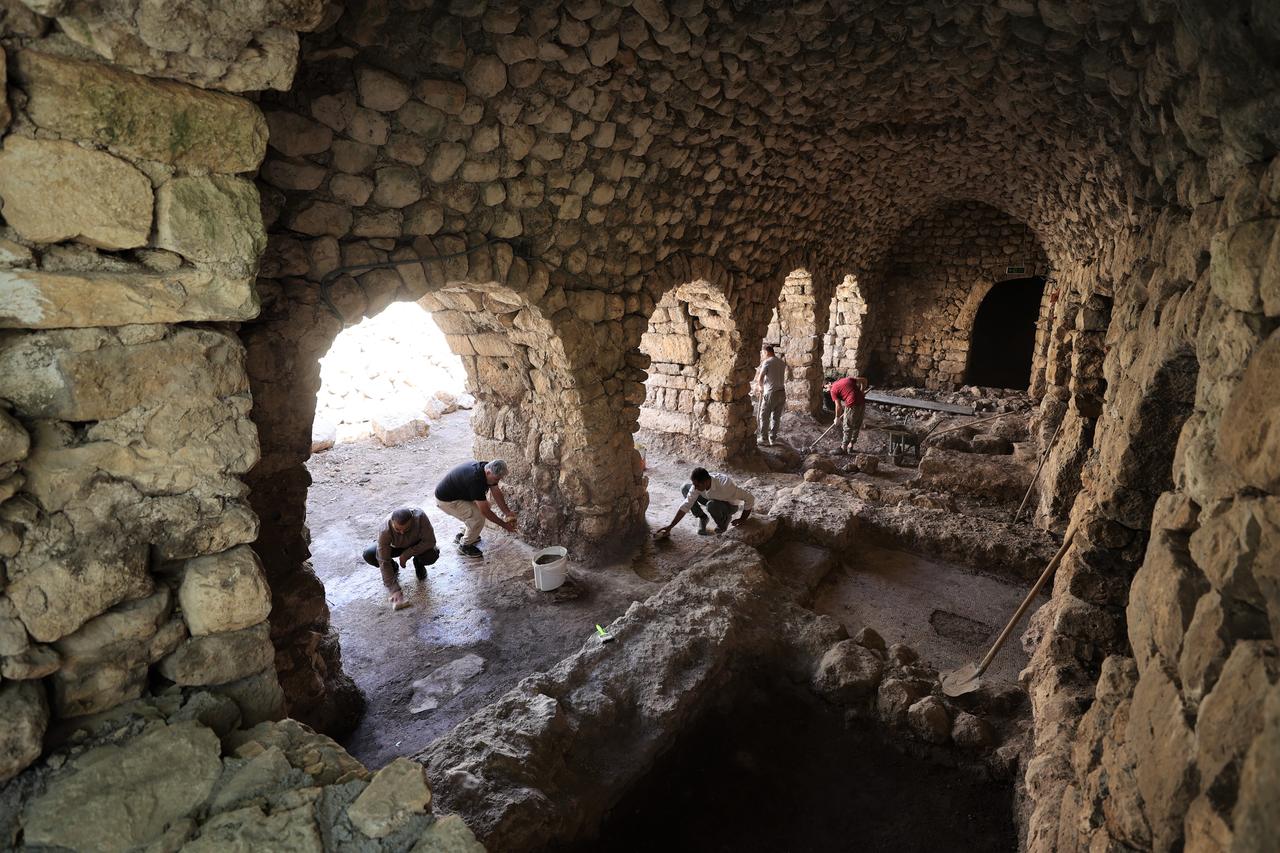
Akgul said more reliable conclusions will follow conservation (stabilizing and preserving artworks for long-term protection) and study.
The landowners, who initially halted work to avoid damaging the archaeological layer, stated that they aim to prepare projects under the Ministry of Culture and Tourism and hope to open the site to visitors. They also plan, subject to approvals, to display the mosaic in situ after conservation.